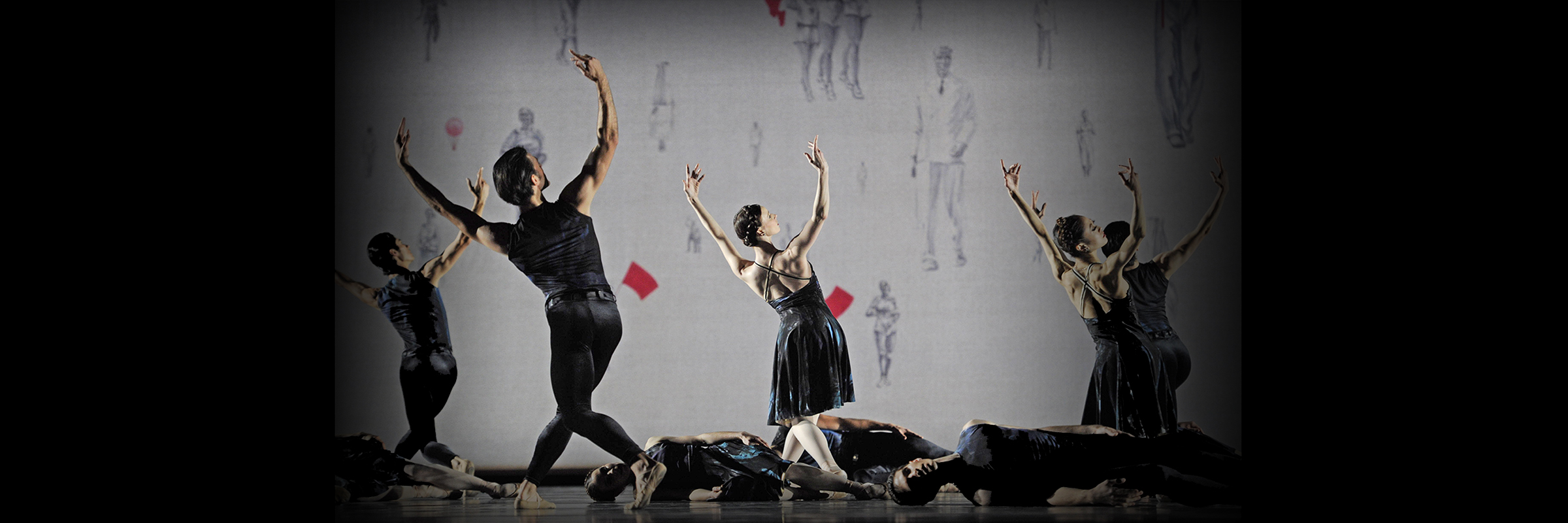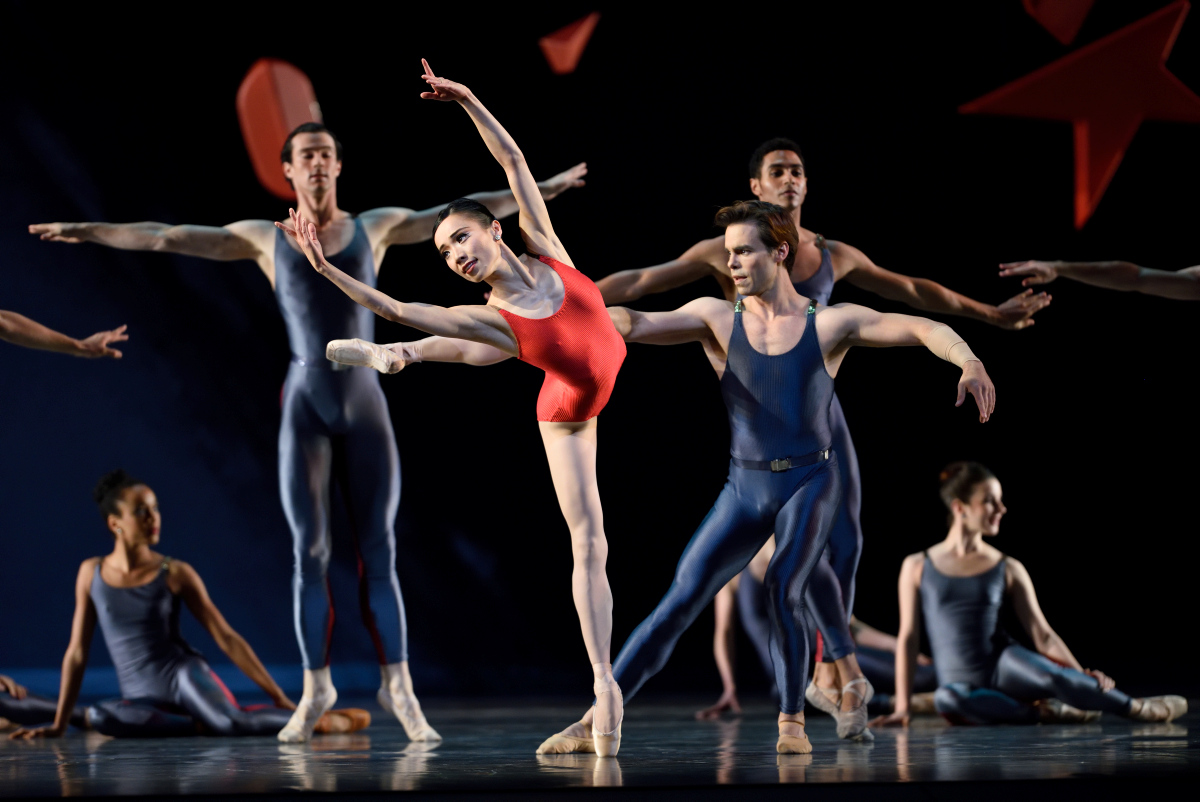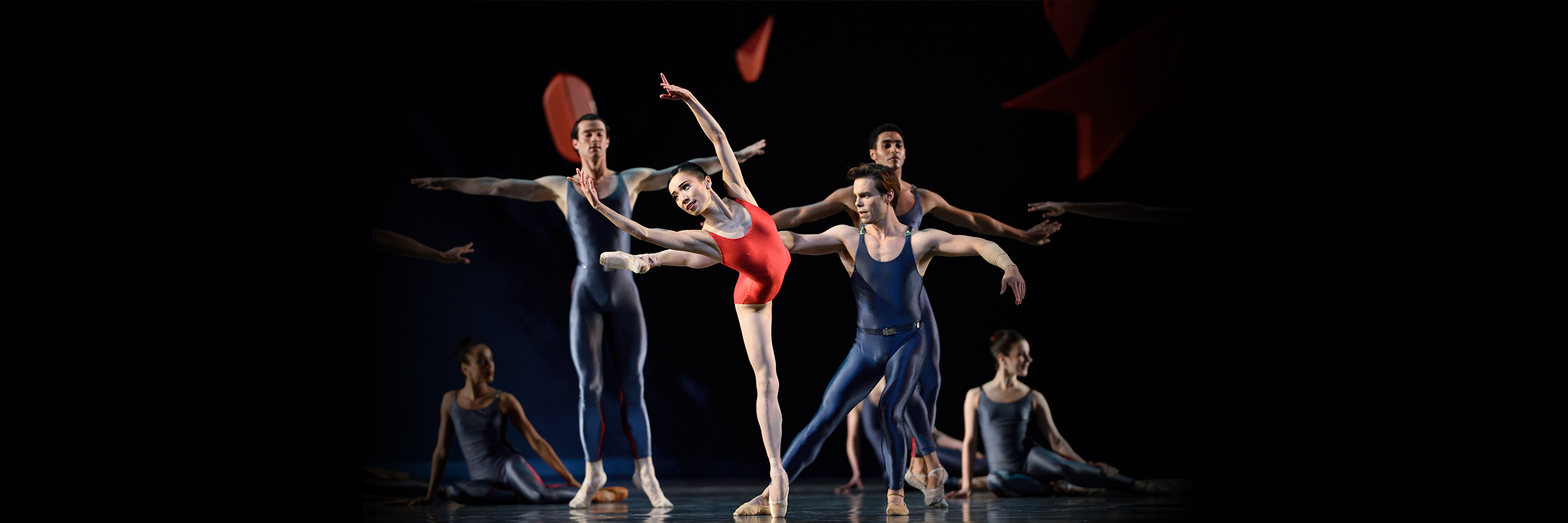Your Ultimate Guide to Shostakovich Trilogy
Three Distinct Ballets. One Master at Work.
What is it? The New York Times calls it a “a fascinating, thrilling, bewilderingly ambiguous evocation of life in Shostakovich’s Russia.” We call it a stunning triptych by one of the world’s most in-demand choreographers, Alexei Ratmansky, to the music of one of the most important composers of the 20th century, Dmitri Shostakovich. Made up of three related, but distinct, ballets, Shostakovich Trilogy shows a master at work.
Who is it about? Shostakovich’s music and life serve as the through-line for these three, otherwise unrelated ballets. For those not totally up on your Soviet music, Shostakovich was one of the most important composers of the 20th century. But like all Soviet artists, his career was at the whim of the government, and although he received fame and accolades, he was also twice denounced for formalism and his work heavily censored.
Who’s it for? Anyone who loves contemporary classicism, enjoys Cold War histories, or is following today’s politics with avid interest.
SYMPHONY #9

What Am I Seeing? Symphony #9 sets the stage for the full evening, drawing on ideas and themes from Shostakovich’s life. But it isn’t literal: this ballet is fundamentally abstract. Symphony #9 is headlined by two leading couples and a soloist man. One couple seems to represent Shostakovich and his wife; the other, the perfect Soviet couple. The solo man? Perhaps genius, or history, or time, pushing forward the action while remaining apart from it.
What Am I Hearing? Shostakovich’s Symphony No. 9 in E-flat Major, Op. 70. This symphony was written in 1945 following the conclusion of WWII. It was commissioned to be a celebration of Joseph Stalin and Russia’s victory, but instead Shostakovich wrote a fun, even funny, piece. It was perceived as mocking Stalin and, three years after its premiere, the work was banned during Shostakovich’s second denunciation.
What Should I Look For? Consider the distinctions between the leading dancers: the first couple you meet isn’t the main couple, but instead that perfect Soviet pair. Their movement quality is different from that of the other partnership. Can you describe how? And when do you first notice the solo man? How does his presence change the action of the ballet?
CHAMBER SYMPHONY

What Am I Seeing? Chamber Symphony is the most biographical of the three sections of the Shostakovich Trilogy. Shostakovich had three big love affairs, and all three are represented here in some form: his first love, Tatiana Glivenko; his wife, Nina Varzar, who was the mother of his children and died in 1954; and his third wife, Irina Supinskaya, who was just 27 when she married the 56-year-old Shostakovich in 1962.
What Am I Hearing? Shostakovich’s Chamber Symphony (after String Quartet No. 8), Op. 110a. This was a very personal piece for the composer. It quotes from many of his other compositions and contains a theme made of notes based on his name: “DSHC.” Shostakovich himself thought of it as a protest piece, dedicating it “In memory of victims of fascism and war.”
What Should I Look For? This ballet references George Balanchine’s seminal ballet Apollo, which also revolves around a man and three women, or, rather, a god and three muses. Here, watch for a moment toward the end of the ballet when, as in Apollo, the central figure seems to transcend his humanity and become, perhaps not quite a god, but an immortal artist.
PIANO CONCERTO #1

What Am I Seeing? This final section of the ballet is the most abstract and visually arresting. The dancers are clad in grey and revolutionary red, and a series of Soviet-esque objects hang from the ceiling. There’s no story to follow here, but there is a theatricality and a kind of anxiety that rests just beneath its athletic, playful surface.
What Am I Hearing? Shostakovich’s Concerto No. 1 for Piano, Trumpet, and Strings. This is the earliest of the Shostakovich pieces on this program, written in 1933. It quotes from a variety of other composers’ music, including Beethoven’s Appassionata, which SF Ballet audiences may have heard earlier in the season as part of Kaleidoscope.
What Should I Look For? Notice how sculptural the movement is in this ballet. Both in terms of how individual dancers create shapes with their bodies, but also in terms of how the group comes together to create large-scale visual pictures. This kind of shaping of space is one of the things Ratmansky is known for, and it’s on high display here.
Header image: San Francisco Ballet in Ratmansky’s Shostakovich Trilogy // © Erik Tomasson








